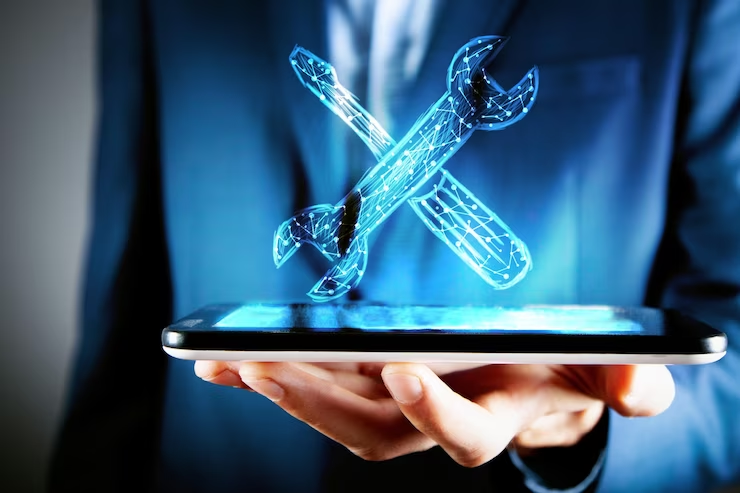Lifts Modernization

LIFTS MODERNIZATION SERVICES
- Evaluation and Assessment
- Customized Solution Design
- Installation and Upgrades
- Testing and Commissioning
- Training and Support

1. Improved Safety: Modernization involves upgrading safety-critical components such as control systems, brakes, door operators, and emergency communication systems. These enhancements ensure compliance with current safety standards and regulations, reducing the risk of accidents and enhancing passenger safety.
2. Enhanced Reliability: Older lifts are more prone to breakdowns and downtime due to wear and tear on components. Modernization involves replacing worn-out parts, upgrading electrical systems, and installing new, more reliable components, resulting in fewer service interruptions and increased reliability.
3. Increased Energy Efficiency: Modern lifts are designed to be more energy-efficient, utilizing advanced drive systems, LED lighting, and standby modes to reduce energy consumption. Modernization can lead to significant energy savings over time, lowering operating costs and reducing the environmental impact of the building.
4. Improved Performance: Modernization can enhance the performance of lifts by improving speed, acceleration, and deceleration, providing smoother rides and reducing wait times for passengers. Upgraded control systems and advanced dispatching algorithms optimize traffic flow, further enhancing operational efficiency.
5. Enhanced Accessibility: Modernization can improve accessibility for passengers with disabilities by adding features such as audible announcements, tactile buttons, and accessible cabin designs. These enhancements ensure compliance with accessibility regulations and provide inclusive vertical transportation for all building occupants.